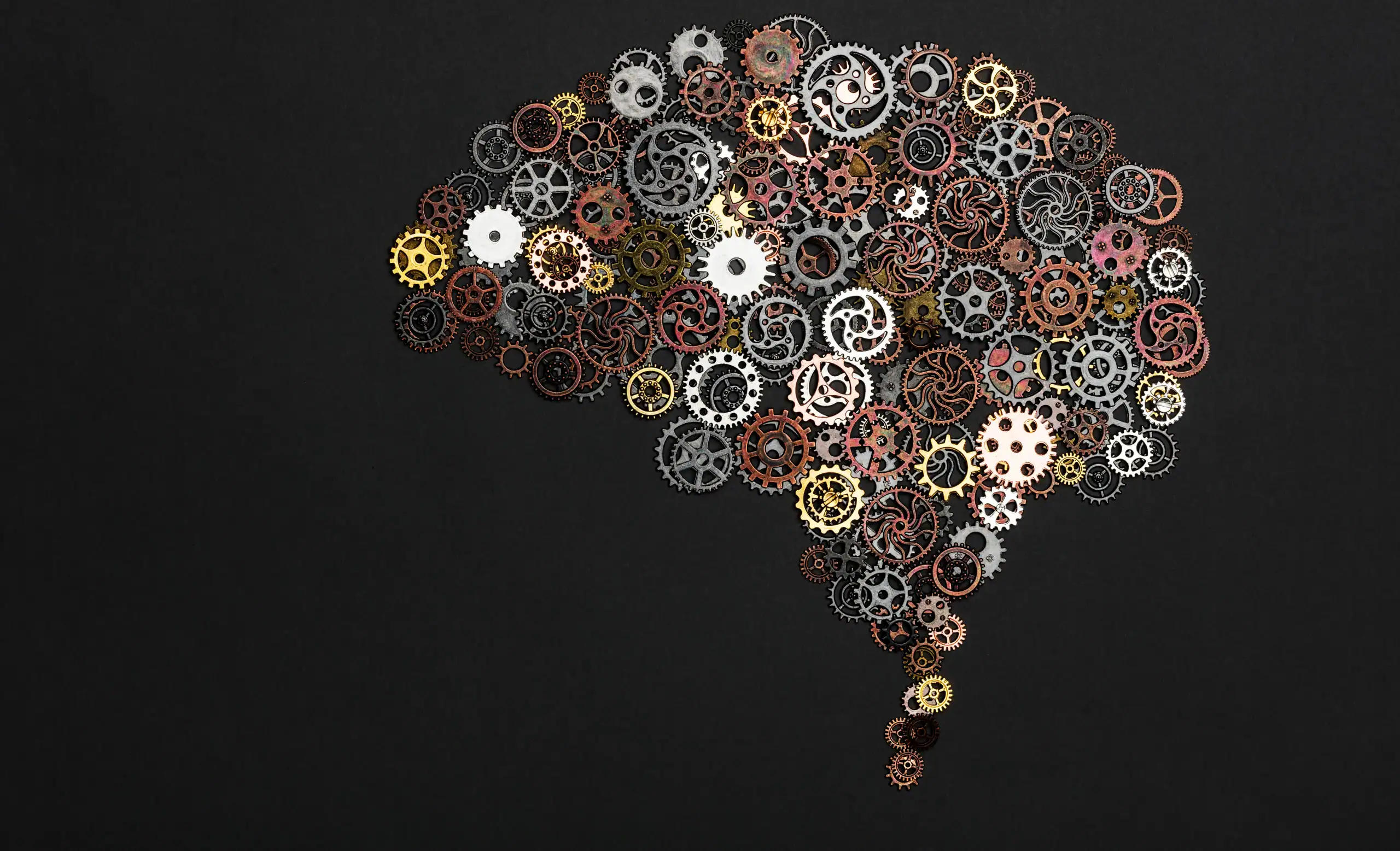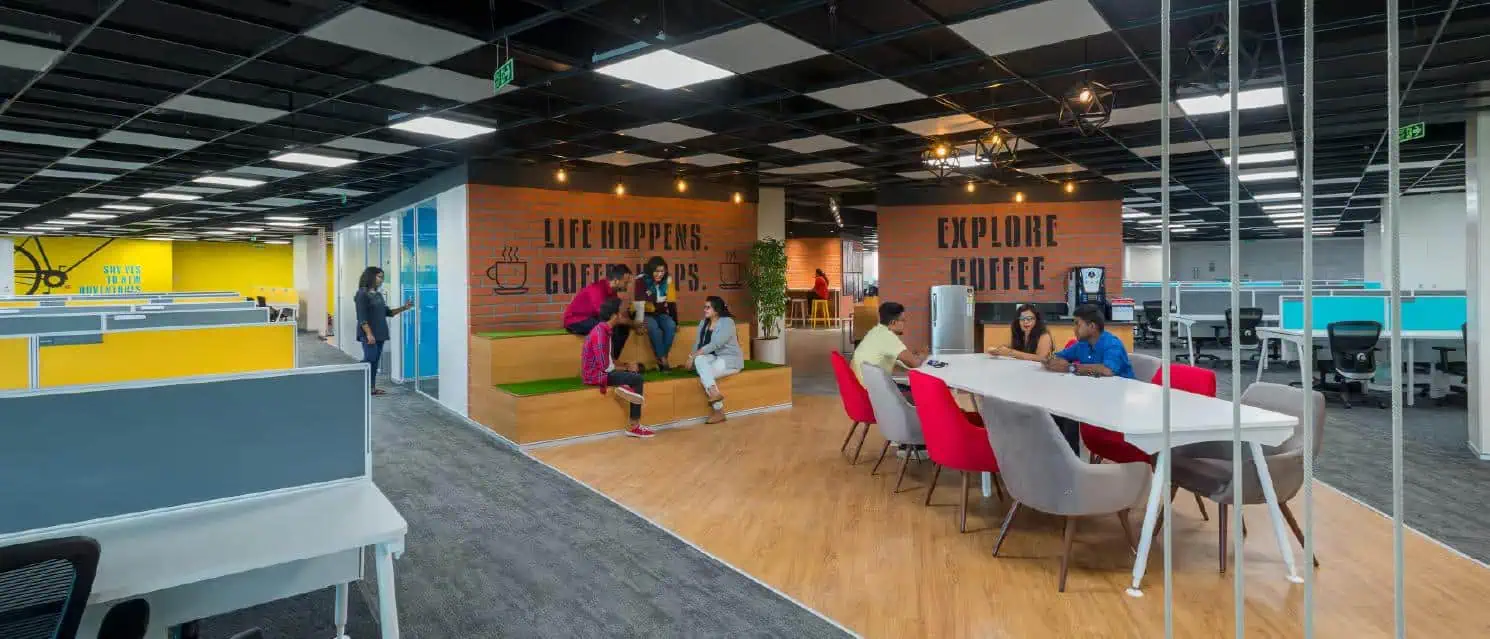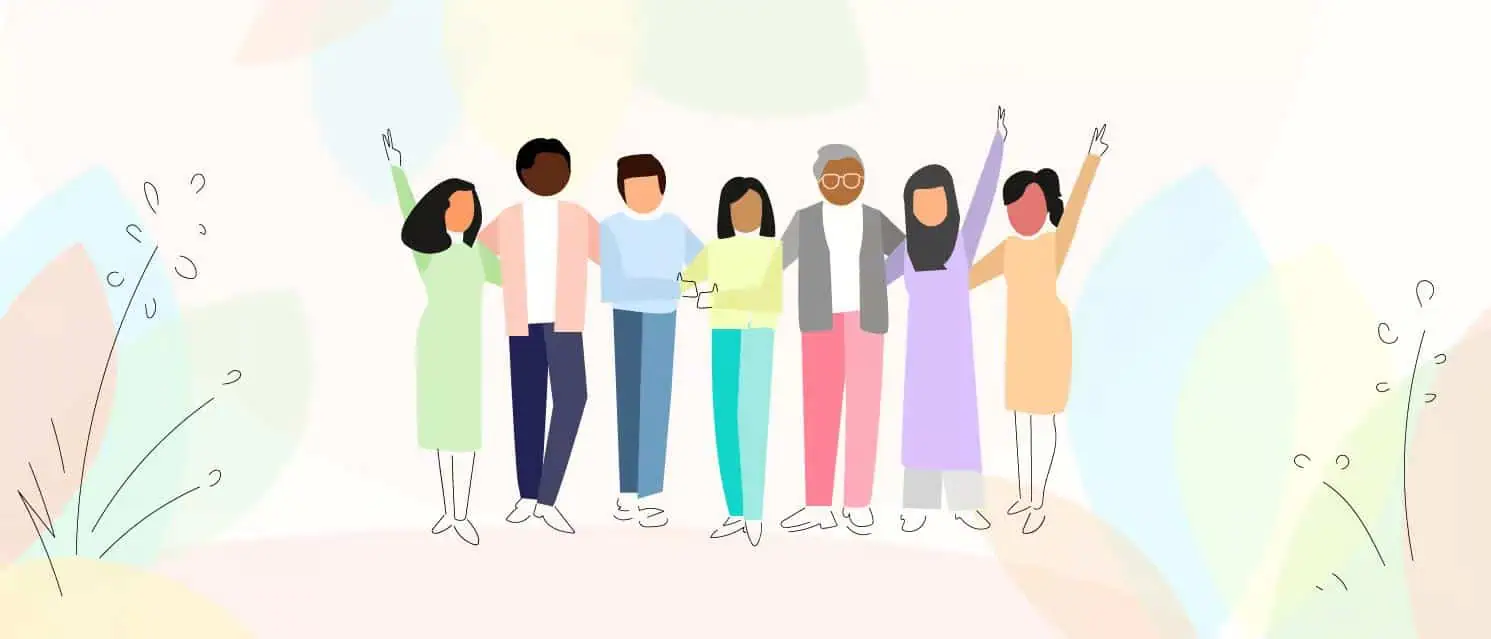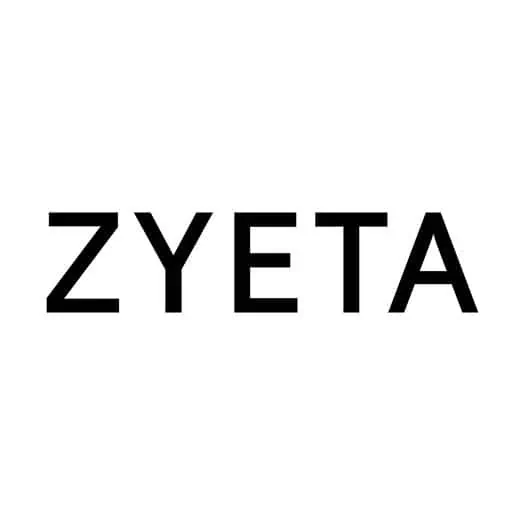Efficiency in workplace design is going to be different than it was a few months ago. This is equally because of the fear of COVID-19 and such other possibilities in the future and also because of the bearish economy. With a high number of companies still not knowing when to restart working from the office, the world is facing the uncertainty that may get better, but will definitely leave a mark in workplaces. But from a vantage point of workplace design, this time will open up to newer possibilities of using data as the design seed. With a contagious disease of this scale, it is only believable that designers will have to reconsider all that seemed right before. From materiality to planning, workplace design will have to be more and more people-centric now.
As companies make their return to normalcies, workplace designers will have to constantly gather data of human behavior to strategically re-evaluate the workplace design settings. There will be new technologies to help employees and newer workplace policies to make work as productive as before.
However, certain aspects may become the next trendsetters in workplace design.
1. The Advent of Healthy Interiors
Just like the emergence of residential design elements, this is the prime time of the advent of healthy design interiors in workplaces. Couches and lounges began to rule the collaborative areas to give a homey vibe to the employees, and now, designers will start emphasizing on bringing the health factor in design. Therefore, antimicrobial products and natural materials will be in trend for the general well-being of the users to make workplaces hospitable and safer.
Natural materials are one of the easiest ways to avoid the chemicals that are usually found in synthetic products. There will also be an increased demand for woody furniture and finishes. The inclusion of natural materials may impact the budget of projects, but will last longer and create a healthier environment at work. This will also be a time where people will prefer minimal fabrication and go for concrete flooring and exposed ceilings to reduce the use of artificial products in design.
And, health being the main factor now, designers will be seen recommending products that are viable for human health. This means the Health Product Declaration (HPD) will become more important than ever.
2. Structural Alterations
This crisis will also lead to certain positive changes in terms of real estate in the workplace industry. Finally, employers will have to comply with the standardized and ideal space of at least 100 sqft per person in every workplace. This means no more squeezing larger groups of people in smaller acres of workspace, which is quite common in call-centers. After all, social distancing being the need of the hour, the new projects will have to consider the space allotment, especially in the areas that tend to be densely populated inside the office.
Healthfulness in the workspace will also reflect from the inclusion of disinfection infrastructures that include easy to clean furniture, floorings, contact-less door handles, etc. Observing the general behaviour of employees, designers will have to comprehend their extent of acceptance and inhibitions within the workspace. This can be concluded by the data converged from different areas in the offices. For example, designers can analyse how employees are using collaboration areas, cafeterias etc., and rework on the spatial planning to account for the recent human behavior.
3. Bringing a New Form of Collaboration
While adding the hygienic factor in every sense of workplace design, there will be an ardent need to bring in collaboration among employees. Because let’s face it, we CANNOT go back to the silo mentality or create cubicles around our workstations. Therefore, we got to rethink collaboration in terms of HR policies, as well as design. WFH may work for certain sectors; however, many sectors require in-person collaboration and exchanging of ideas. So, it will be upon the designers and architects to capture the distinctions of collaboration and to integrate technical assistance to keep up the cooperation among employees.
There can also be possibilities of using existing collaborating spaces in diverse ways to not step on the “no crowd” rule and function differently. This also applies to the cabins, lab rooms and huddle spaces that may be re-planned to suit the current circumstances.
4. Going Futuristic
Another avenue for workplace designers and architects in this time would be the advantage to go all innovative. This is the time when organizations can go beyond the standard parameters and create futuristic solutions for the workplace, like dedicating rooms for quarantine, designing special oxygen chambers, etc.
This could even be the time to go ahead and beyond the famous Zaha Hadid Architects’ visionary architecture example, the Bee’ah waste management company in Sharjah, UAE that shows glimpses of the future. The architecture is packed with ‘contactless pathways’, whereby employees rarely need to touch the building with their hands. The office also consists of doors that open automatically, using motion sensors and facial recognition. The company’s interiors are integrated with smartphone access, so that employees can place orders at the office cafeteria and book elevators through phones.
There are companies that are already using beacon systems that streamline employee access to physical spaces, as well as to the company’s electronic records. Other uses of beacons include tracking the staff inside the office premises so that you already know where to find a colleague and facilitate wayfinding and navigation that can be confusing in large company campuses. With the pandemic making employee gathering a total no-no, this beacon system can be adapted in regular organizations for similar purposes.
Now can also be the time for our offices to adopt high-end air filtration techniques, like office climate control systems, already adapted in China.
Though there are already many post-COVID 19 design suggestions that are coming to the forefront, the bottom line remains how actively a company wants to embrace these changes and to what extent workplace design changes in its constitution to incorporate these trends completely. But until we get back out there, we all need to learn the new possibilities to be prepared and to stay safe.
Related Topic: 7 Immediate Steps Workplaces Can Take After COVID-19





